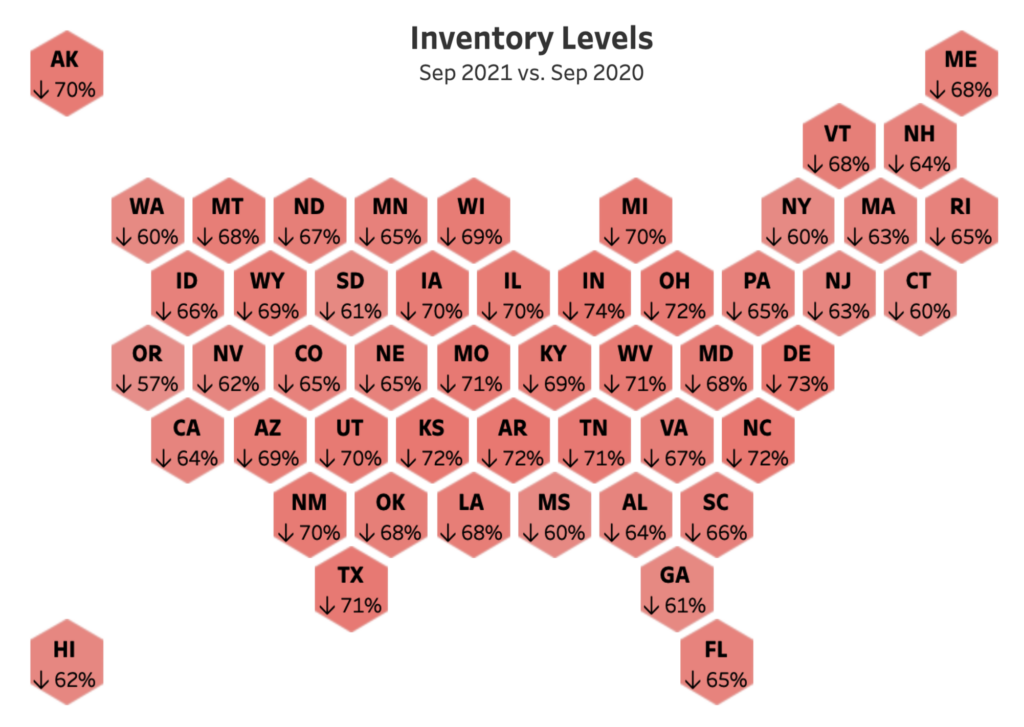As if the auto industry needed another issue … After nearly a year of dealing with a chip shortage, automakers are on the precipice of dealing with a potentially even more crippling shortage: magnesium. The magnesium shortage has recently been reported by the Financial Times and Bloomberg. What’s going on? How will it effect car production? And most importantly, what do you need to know? We’ve got your covered.
Let’s dive in.
How Magnesium is Used in Cars
Magnesium is used in a variety of products. In cars, magnesium can be found in gearboxes, front end and IP beams, steering columns, driver’s air bag housings, steering wheels, seat frames and fuel tank covers. Magnesium is useful in these applications because it is lighter than alternative materials (steel and aluminum).
The International Magnesium Association (yes, that exists) has a great webpage dedicated to the history and use cases of magnesium in cars, trucks, and SUVs. The long and short of it is that magnesium has been used in automobiles since the 1920’s, and a lot of it is used in nearly every vehicle.
Why a Magnesium Shortage Is Bad News
Automakers have been struggling to produce vehicles throughout all of 2021. An ongoing shortage of integrated circuits, also commonly referred to as “chips” has cost the auto industry more than 10 million vehicles so far in 2021 alone. More than 3,000 days of production time have been lost because of the chip shortage. Another shortage, especially a shortage of a material as important as magnesium, could be a worst case scenario for automakers that are already struggling.
Bloomberg said it best, the situation “threatens to worsen a supply squeeze that already has pushed U.S. prices close to all-time highs.”
How Did We Get a Magnesium Shortage?
The Financial Times reported, “The world’s largest carmakers could face a potentially crippling shortage of aluminum, as China’s power crisis threatens supplies of a key component used to make the lightweight metal.” Magnesium is used in the production of aluminum alloys.
Most of the world’s magnesium supply comes from China. For context, the association representing Germany’s metals industry warned its government in a letter Tuesday that “the current magnesium inventories in Germany and respectively in the whole of Europe will be exhausted by the end of November 2021.” This is a direct result of the fact that China accounts for 95% of Europe’s magnesium supply.
| Country | Magnesium production (thousand tonnes) |
| 800 | |
| 65 | |
| 50 (est) | |
| 25 | |
| 23 | |
| 19 | |
| 15 | |
| 10 | |
| 10 | |
| 5 |
What is the “power crisis” that The Financial Times is alluding to? It’s a perfect storm … Literally.
Flooding across key coal producing provinces in China, an increasing domestic and international demand for Chinese goods in the wake of pandemic easing, and extreme market distortions, including power rationing and price controls, have all contributed to the power crisis currently occurring in China.
Power is currently being rationed across most all Chinese provinces. It is unknown when those measures will be discontinued. There are people much smart and well-versed in this field documenting this: https://supchina.com/2021/09/28/the-three-causes-of-chinas-power-outages/
What Happens Next?
We have yet to hear from any major automaker about the magnesium shortage, however as third quarter earnings kick into high gear we would not be surprised to hear more about how the magnesium shortage is effecting production. As we get more information about the magnesium shortage we will update this page.














*insert “Really, you’ve gotta be kidding me!” sound here*
Dang, just as if we needed another shortage right now! Jeez!
I just put in an order for a RAV4 just over 3 weeks ago and will be on the verge of losing it if I have to wait more than the current 3-6 months that I’m slated to already…